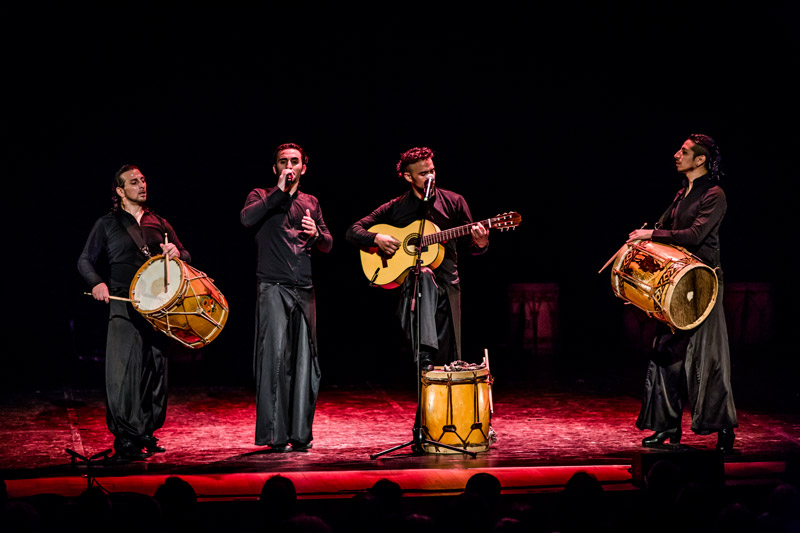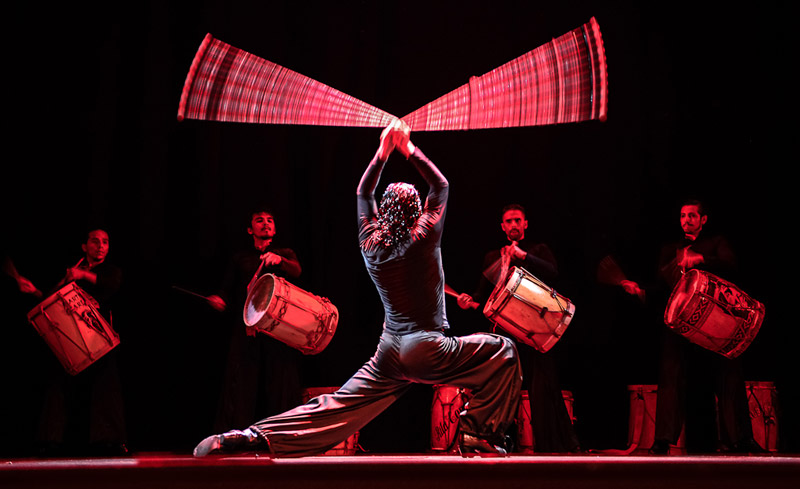Malambo Dance: Origins And Significance
Share
Malambo, a captivating dance form, is deeply rooted in the cultural heritage of Argentina. This traditional dance, characterized by its vigorous footwork and rhythmic intensity, is more than just a performance; it embodies the spirit and history of the gauchos, the Argentine cowboys. Understanding the origins and significance of Malambo provides insight into the rich tapestry of Argentine culture.
The Historical Roots of Malambo
The origins of Malambo can be traced back to the 17th century in the Pampas region of Argentina. Initially, it was a male-dominated dance performed by gauchos during social gatherings and competitions. The dance served as a way for gauchos to showcase their strength, agility, and skill, often accompanied by the lively strumming of guitars and the rhythmic beat of drums.
Malambo's roots are intertwined with the traditions of the indigenous peoples of Argentina and the Spanish colonizers. The fusion of these cultures gave rise to a unique dance form that reflects the struggles and triumphs of the gaucho lifestyle. Over time, Malambo evolved from a competitive dance into a celebrated art form, gaining recognition in both rural and urban settings.
The Dance Style and Techniques
Malambo is renowned for its intricate footwork and dynamic movements. Dancers often perform in a solo format, showcasing their individual skills and creativity. The dance is characterized by rapid foot stomping, intricate foot patterns, and sharp, precise movements that create a visual spectacle.
The use of traditional instruments, such as the bombo legüero (a type of drum), adds to the dance's vibrant energy. The rhythm is crucial, as it drives the dancers to push their physical limits, creating a mesmerizing performance that captivates audiences. Costumes typically consist of traditional gaucho attire, which adds to the authenticity and cultural significance of the dance.
Cultural Significance of Malambo
Malambo is not merely a dance; it is a symbol of Argentine identity and pride. It represents the values of courage, resilience, and freedom that are deeply ingrained in the gaucho culture. The dance serves as a reminder of the historical struggles faced by the gauchos and their enduring spirit.
In contemporary Argentina, Malambo has gained popularity beyond its traditional roots. It is often showcased in festivals, cultural events, and theatrical performances, attracting audiences from around the world. This evolution has helped preserve the dance while also introducing it to new generations, ensuring its survival in the modern cultural landscape.
Malambo in Modern Times
Today, Malambo continues to thrive, with numerous dance companies and troupes dedicated to preserving and promoting this art form. Festivals celebrating Malambo are held across Argentina, drawing both local and international performers. These events not only highlight the dance itself but also foster a sense of community and cultural pride among participants and spectators alike.
Moreover, Malambo has found its way into the global dance scene, with workshops and performances being organized in various countries. This international interest has contributed to the dance's evolution, as artists experiment with blending traditional techniques with contemporary styles.
Conclusion
Malambo is a vibrant expression of Argentine culture, steeped in history and significance. Its origins reflect the resilience and spirit of the gauchos, while its modern interpretations showcase its adaptability and relevance in today's world. Whether you are a dancer, a cultural enthusiast, or simply curious about this captivating art form, Malambo offers a glimpse into the heart of Argentina's rich cultural heritage.
For those interested in experiencing the beauty of Malambo firsthand, consider visiting Argentina during one of its many cultural festivals. You can immerse yourself in the rhythm of the dance, enjoy traditional music, and witness the passion that defines this remarkable art form.
If you're planning a trip to Argentina, don't forget to book your accommodations and flights. Check out these links for great deals on hotels and flights: Hotels & Flights and Transfers.
Embrace the spirit of Malambo and discover the vibrant culture of Argentina!





